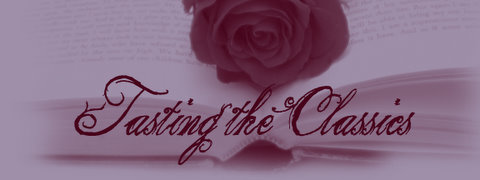“Moreover, the conviction is gaining ground that the picture is dying, that it is indissolubly linked with the forms of the capitalist regime, with its cultural ideology, that the textile print is not becoming the center of creative attention, and that the textile print and work on it are the apex of artistic labor.”
“The easel picture is not only unnecessary to our contemporary
artistic culture, it is also one of the most powerful brakes on its
development.”
“The point is that easel painters do not deny the importance
and necessity of other forms of artistic culture. They fully tolerate the
existence of agit-posters, sketches for textile prints and book covers; they
simply affirm that all these ‘subsidiary’ forms are inconceivable without easel
painting, that easel painting is the creative base on which painterly culture
is built.
Hence the conclusion: if you want to make good textile
prints, learn to paint landscapes.”
“After mastering the ‘secrets’ of easel painting, he thereby
masters the ‘secrets’ of any painterly work, whether it is a textile print, a
book cover, a poster, or theatrical décor.”
“Let us assume that partial coincidences are possible, that
some of the devices can prove to be general; why should one craft prove to be
fundamental vis-à-vis another? why should the making of a still life be more “fundamental”
than that of a textile print? Why should one first of all learn how to do a
still life and then undertake textile prints, and not vice versa?”
“But the easel painters forget that the picture is not
science, but practice, that it establishes no ‘general’ tenets. The experience
of the easel painter is not that of the artist in general, but is only the experience
of a single, individual case of painterly labor.”
“All the same, work in industry will always be inferior for
the easel painter. That is why it is not the easel painters who will discover
the methods of this work, and not from easel painting that the solution of
productional art problems will ensue.”
“Indeed, artistic labor and factory work are still
disunited. The artist is still an alien in the factory. People treat him with
suspicion. They do not let him come too close. They do not believe him they
cannot understand why he needs to know technolgocal processes, why he needs
information of a purely industrial nature. His job is to draw, to make
drawing-s and the factory’s job is to select suitable ones and to stick them
onto the ready-made finished product.”
“Hence the inevitable applied art- the result of the artist’s
alienation from industry. Not receiving the necessary economic directives, he
resorts, willy-nilly, to aesthetic stereotypes.
But what is the conclusion from this?
Forward! To overcome this alienation.
Forward! To the union of the artist and the factory.
And by no means back to pure easel painting, back to
pictures.
The progressive artists are already under way- from the
picture to the textile print, and of course, why will not turn back. But that
is not enough. it is essential that the whole mass of our young artists should realize
that this is the only true path and that it is precisely by this path that
artistic culture will develop.”
“The artistic culture of the future is being created in
factories and plants, not in attic studios.
May the young artists remember this- unless they wish to
turn up prematurely in the archives, together with the proud easel painters.”
--
Publishing Information:
Russian Art of the Avant Garde Theory and Criticism Revised and Enlarged Edition edited by John E. Bowlt



